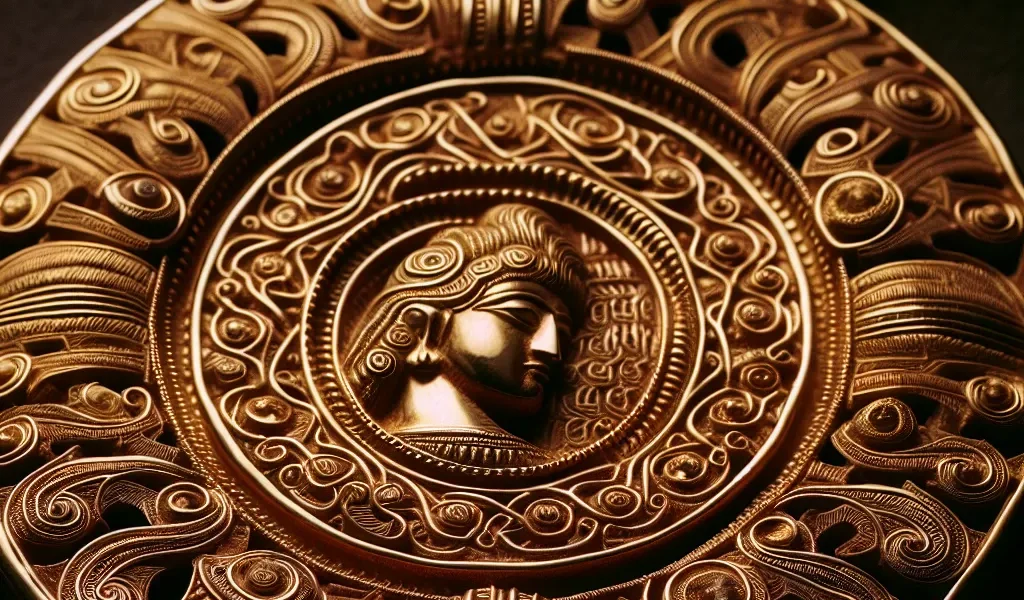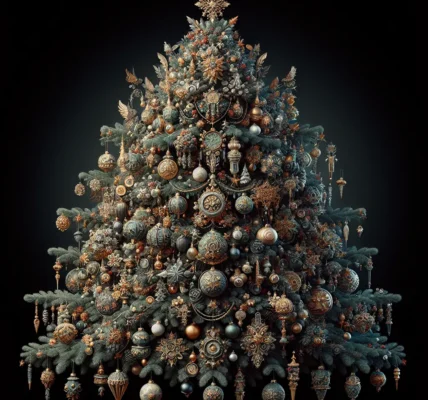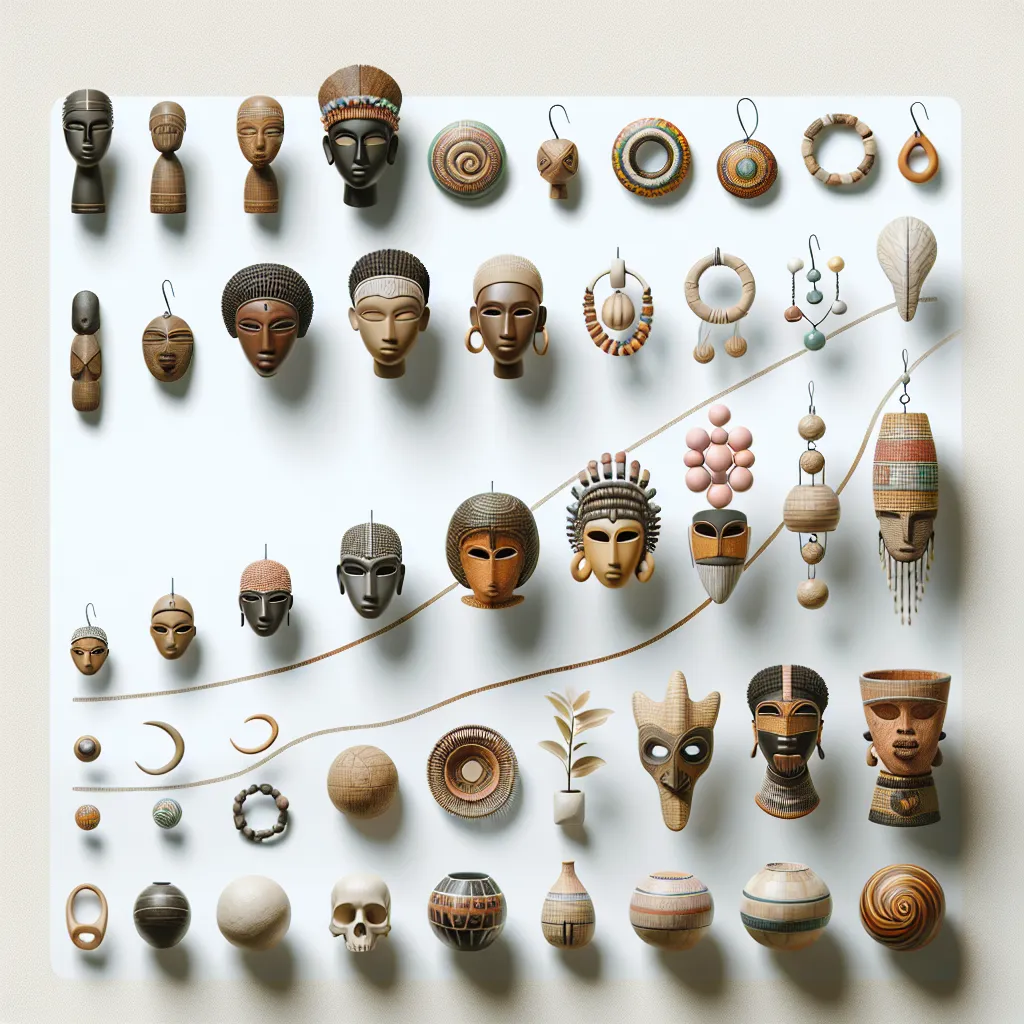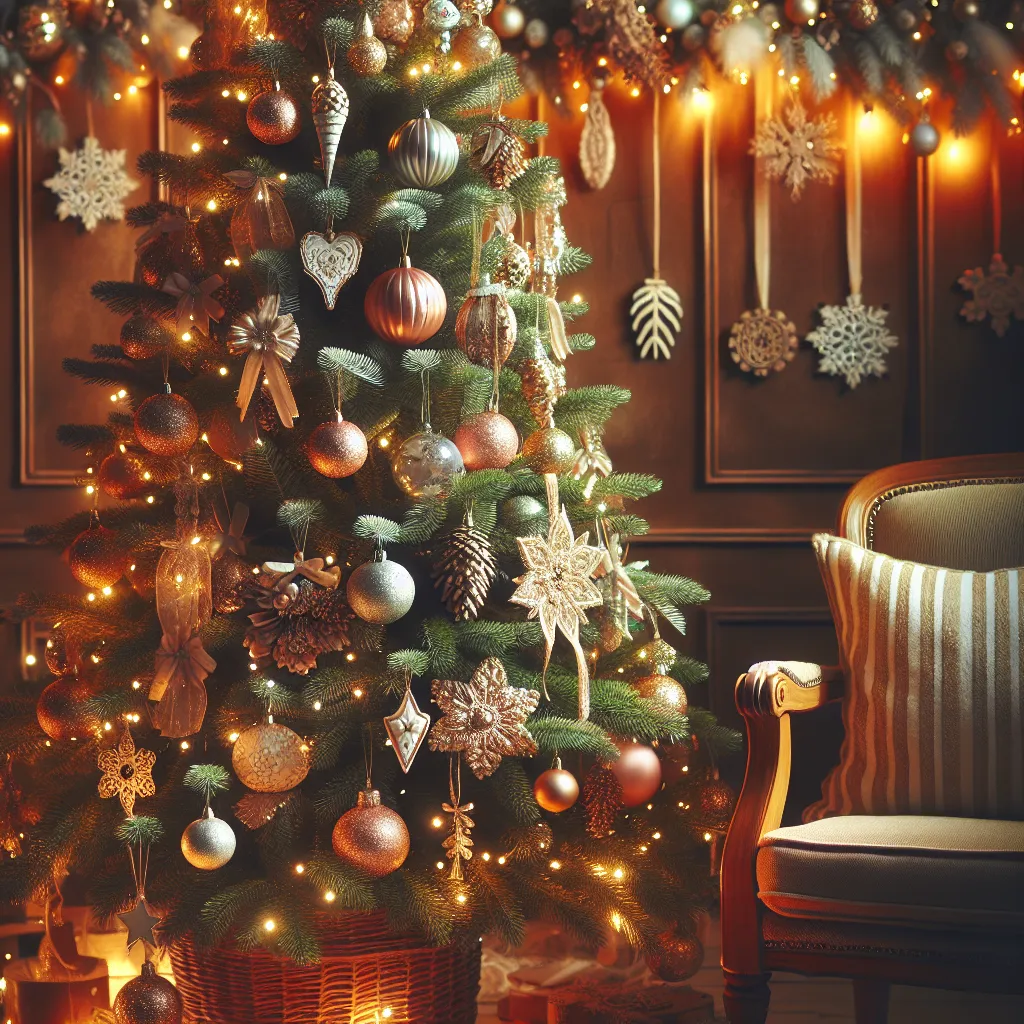Ancient Ornaments: Tracing the Origins
The history of ornaments dates back to ancient civilizations, where they played a significant role in cultural and religious practices. The origins of ornaments can be traced to ancient Mesopotamia, where people adorned themselves with jewelry made from natural materials such as shells, bones, and feathers. The use of ornaments in ancient Egypt was also prominent, with elaborate jewelry and amulets being worn to symbolize status and protection.
Ancient ornaments were often crafted with meticulous detail, showcasing the skill and artistry of the craftsmen. Materials such as gold, silver, and precious gemstones were highly prized and used to create ornate pieces that reflected the wealth and power of the wearer. These ancient ornaments were not only decorative but also held symbolic and religious significance, representing beliefs and customs of the time.
As civilizations traded and interacted, the use of ornaments spread across the ancient world, influencing the ornamentation practices of different cultures. The evolution of ancient ornaments can be seen in the intricate designs of Greek and Roman jewelry, where motifs inspired by nature, mythology, and historical events were commonly used.
The history of ancient ornaments provides a rich tapestry of artistic expression, cultural exchange, and human creativity. It laid the foundation for the diverse ornamentation traditions that continue to evolve and inspire modern jewelry design and fashion trends.
The Evolution of Ornamental Styles
Exploring the history and evolution of ornaments provides a fascinating insight into the cultural and artistic developments of different civilizations. One of the key aspects of this exploration is the evolution of ornamental styles, which have evolved over centuries to reflect changing tastes, influences, and societal trends.
Throughout history, ornamental styles have undergone significant changes, influenced by factors such as technological advancements, trade routes, and cultural exchanges. From the intricate designs of ancient civilizations such as the Egyptians and Mesopotamians to the opulent detailing of the Renaissance period, each era has left its unique imprint on the evolution of ornamentation.
The ancient world often featured ornamental styles characterized by geometric shapes, intricate patterns, and symbolic motifs, reflecting religious and cultural beliefs. As societies progressed, ornamental styles began to incorporate naturalistic elements, inspired by the flora and fauna of different regions. The Islamic world, for example, developed its distinctive arabesque patterns, while East Asian ornamental styles showcased delicate depictions of nature.
As trade and cultural interactions flourished, ornamental styles became influenced by cross-cultural exchanges, leading to the fusion of different artistic traditions. The European Renaissance marked a significant shift towards ornamental styles that emphasized realism, classicism, and a revival of ancient motifs, leading to the development of intricate scrollwork, grotesques, and motifs inspired by mythology.
With the advent of industrialization and the shift towards modernity, ornamental styles underwent further transformations. The Art Nouveau movement embraced organic forms and flowing lines, while the Art Deco era favored streamlined geometrical designs and industrial motifs.
Today, the evolution of ornamental styles continues to be influenced by a blend of tradition, innovation, and global perspectives. Contemporary ornamentation encompasses a diverse range of styles, from minimalist and abstract designs to ornate and culturally inspired motifs, reflecting the rich tapestry of artistic expression in the modern world.
In conclusion, the evolution of ornamental styles provides a fascinating lens through which to examine the dynamic interplay of history, culture, and creativity. By studying the diverse ornamentation of different eras, we gain a deeper appreciation for the complexities of artistic evolution and the enduring impact of ornamental styles on the visual language of human civilization.
Symbolism and Cultural Significance of Ornaments
Ornaments have been an integral part of human culture and civilization for centuries, serving as symbols of tradition, belief, and social significance. The history of ornaments dates back to ancient civilizations, where they were used to signify status, wealth, and religious affiliations. The symbolic meaning and cultural significance of ornaments have evolved over time, reflecting the values and beliefs of different societies.
In many cultures, ornaments are imbued with symbolic meanings that represent a myriad of concepts, including fertility, protection, love, and spirituality. For example, in ancient Egypt, the scarab beetle was a popular motif in jewelry, symbolizing the cycle of life and rebirth. Similarly, in Indian culture, the lotus flower is a revered symbol of purity and enlightenment, often depicted in intricate ornamentation.
The cultural significance of ornaments extends beyond their symbolic meanings to encompass social functions as well. In many societies, ornaments are used to communicate social status, identity, and affiliation. For instance, the use of specific ornaments such as neck rings or ear piercings in certain African tribes signifies tribal belonging and identity.
Furthermore, ornaments play a significant role in ceremonial and rites of passage rituals, symbolizing transitions and transformations within the community. From elaborate headdresses worn during traditional dances to intricate body adornments for marriage ceremonies, ornaments hold deep cultural significance in commemorating important life events.
As societies continue to evolve, the symbolism and cultural significance of ornaments adapt to the changing values and beliefs of the community. Today, ornaments continue to serve as powerful symbols of cultural identity, tradition, and personal expression, bridging the past and the present through their timeless significance.
Modern Interpretations and Trends in Ornamentation
Modern interpretations of ornamentation have brought new life to the traditional art form, incorporating contemporary elements and cutting-edge techniques. As the history of ornaments has evolved, so too have the trends in ornamentation. Today, artisans are experimenting with a wide range of materials, from recycled plastics to sustainable wood, in their quest to create innovative and eco-friendly ornaments.
One notable trend in modern ornamentation is the fusion of traditional designs with modern aesthetics. This blend of old and new allows for the preservation of cultural heritage while also appealing to contemporary sensibilities. The use of technology, such as 3D printing and laser cutting, has further expanded the possibilities for ornamentation, enabling intricate and precise designs that were previously unattainable.
Another emerging trend is the focus on personalized and customizable ornaments. With the rise of e-commerce and online marketplaces, consumers are increasingly seeking unique and bespoke ornaments that reflect their individuality. This has led to a surge in demand for personalized ornaments that can be customized with names, dates, and special messages.
Furthermore, there is a growing interest in sustainable and ethically sourced ornaments. As environmental consciousness becomes increasingly important, artisans are turning to eco-friendly materials and production methods. This includes the use of natural dyes, organic fibers, and materials that have been reclaimed or repurposed.
In conclusion, modern ornamentation has embraced a diverse range of influences and trends, from the fusion of traditional and contemporary styles to the emphasis on personalization and sustainability. As the art form continues to evolve, it will be fascinating to see what new innovations and trends will shape the future of ornamentation.




